Unlike any other sport, cricket comes with several variations. Not only there is more than one type of way to make runs, but there is also more than one-way batsman can be given out or we can say get out and that’s our focus for today’s blog. If you follow cricket then already know some of these ways as they are common to see in Cricket. However, there are some unique ways as well to get out about which we are going to talk about along with the common ways of giving out. In this blog, we will try to explain each type of dismissal involved in Cricket.
1. Bowled
Let us start with the most obvious way a batsman can throw his wicket is getting Bowled. This wicket is a dream come true for all the bowlers out there as they strike the stumps, dislodging stumps along with the bails. The ball doesn’t have to hit the stumps directly as it can be deflected off from the bat or even from the body.
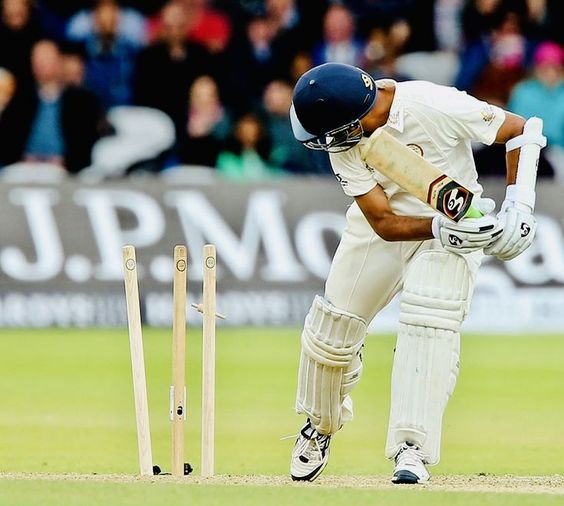
Fun-Fact: The God of Cricket, Sachin Ramesh Tendulkar has been bowled most times in Cricket. He has been bowled out 114 times in his career. And M Muralitharan holds the record for taking the most bowled wickets. He grabbed 290 bowled wickets and that shows how lethal he was.
2. Leg Before Wicket(LBW)
LBW or Leg Before Wicket can be quite complicated but one of the most common ways of getting the batsman out in Cricket. LBW, which stands for Leg Before Wicket, seems complicated because in order to make the decisions an umpire needs to follow some mini rules in order to judge the batter out. Let us understand LBW in a comprehensive way.

The basic idea behind the leg before the wicket is to catch the batter right in front of the wickets as the ball must not come into contact with the bat before hitting the batsman’s body. Well, yeah the name suggests that it’s leg before wicket but actually it’s body before the wicket as the batsman can be given out if the ball touches any body part. As mentioned, there are a number of other factors that the umpire has to figure out before judging the batter out and let us have a look at these rules as well.
- The batter can only be given out if the ball pitches in line between both wickets or on the off-side of the stumps. The batter can’t be judged out if the ball pitches outside the leg stump.
- There must be no contact of the ball with the bat before it hits the batter’s body.
- The batter can’t be given out if he/she is not attempting to play a shot even if it hits him outside the line of the wickets.
3. Caught
Another most common way of getting out in Cricket is, “Caught Out”. So, if the batsman hits the ball and it is caught by the fielder before it touches the ground is known as caught out. Being one of the most common forms of the wicket has got almost every cricketer that has ever played cricket. You might have seen this type of wicket in almost every cricket match.

4. Run Out
As the name suggests, run out is the type of wicket that the batsman gets when they are trying to run between the wickets. In order to be judged run out, a batsman must be in his crease or any part of his body must be inside the crease before the fielder dislodges the stumps.
One of the factors that need to be considered is that in order to get a batter out the ball must be “Live”. This means if a batsman is theoretically walking down the pitch and leaving the crease for any work like talking to his/her fellow partner or for drinks or to consult the umpire regarding anything then at that point a batsman won’t be judged run out.

A batsman can’t be run out unless a fielder has made contact with the ball beforehand. That means a fielder’s hands need to come into contact with the ball before dislodging the stumps.
Even if the bails have already been dislodged from the stumps still a batsman can be given out as the fielder needs to completely remove the stump from the ground whilst holding the ball in the same hand.
5. Stumped
Many people consider stumped as to the part of Run Out but it is quite different from it. The main difference is that runouts can be caused by any fielder on the field but it’s only the keeper that can cause stumps. Apart from this difference all the principles of run out and stumped are the same. So, let us define how stumped is performed.
It all starts with the batsman attempting to play a shot and if he steps out the crease for the same and somehow misses the ball. Then the keeper has the liberty to lodge the bails and stumps to make the batsman out if he/she is out of the crease. Stumping usually happens when the keeper is right behind the wickets and its medium or spin bowler. Another reason is that a batsman is more likely to advance down the wicket against the spinners or medium pacers.
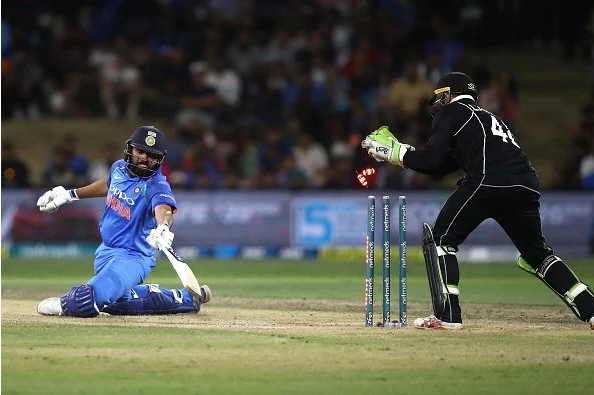
Most of the stumping decisions come down to fine margins that’s why the 3rd umpire is always in the play when it comes to making stumped decisions.
6. Hit Wicket
The recent victim of Hit Wicket is Jos Butler and that wicket cost the England team the second Ashes test. However, when it comes to understanding what a hit wicket is then it is a very simple one to understand. So, while playing the ball, if a batter accidentally dislodges the stump or bails through any part of his body or bat then he/she will be judged out. Hit wicket dismissals are different from being Bowled as the balls don’t hit the wickets in this case.
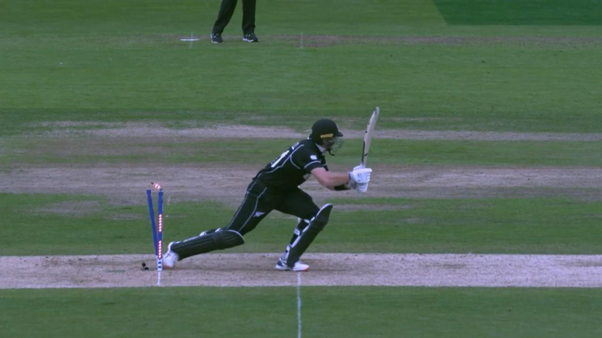
Fun Fact – West Indian opener Roy Fredericks, the first batsman to get out by hit wicket of Dennis Lille.
7. Hitting the Ball Twice
One of the most uncommon types of the wicket in cricket is hitting the ball twice. A batter can be given out if he/she has hit the ball twice with his bat. For instance, if a ball hits the ball and it feels down at the same place. So, before hitting the ball with his bat again the batter needs to ask the fielders first if they are ok with it or not. The only way the batsman is protected from being given out in this scenario is if he hits the ball for the second time to stop it from going on to hit his stumps. If this happens, then he should be given not out.
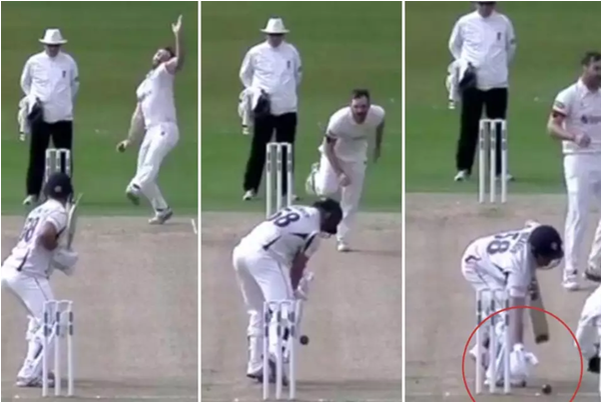
8. Obstructing the Field
Another one of the rarest types of dismissals in cricket is obstructing the field by the batter when he/she tries to stop the ball from hitting the stumps. Many people are not aware of this kind of dismissal. But according to the rules a batter can be judged out if he/she tries to distract or stop the fielding side while doing their job.

9. Retired Out
Another uncommon form of dismissals is retired out. Maybe even the hardcore fans have not heard about it. So, if a batsman leaves the field of play without the permission of the umpire no matter what the reason is then the batsman can be judged, “Retired Out”. And the only way a batsman can resume his/her innings is by taking the permission of the opposing captain. The chance of this dismissal is very rare as it has only happened twice in test cricket and both happened in the same innings. It was during Sri Lanka vs Bangladesh in 2001 where both Mahela Jayawardene and Marvan Atapattu were retired out.

10. Timed Out
The last form of dismissal in the list is Timed Out. It is another very rare incident in the sport of cricket. According to the laws of cricket, a batter can be judged out by the umpire if the batter is not on the ground within 3 minutes after a wicket has fallen. This type of wicket is called Timed Out.

Endnotes
These are the top 10 ways a batsman can be given out playing cricket. We hope you like this list and learned something new about cricket today. Until next time, Goodbye!




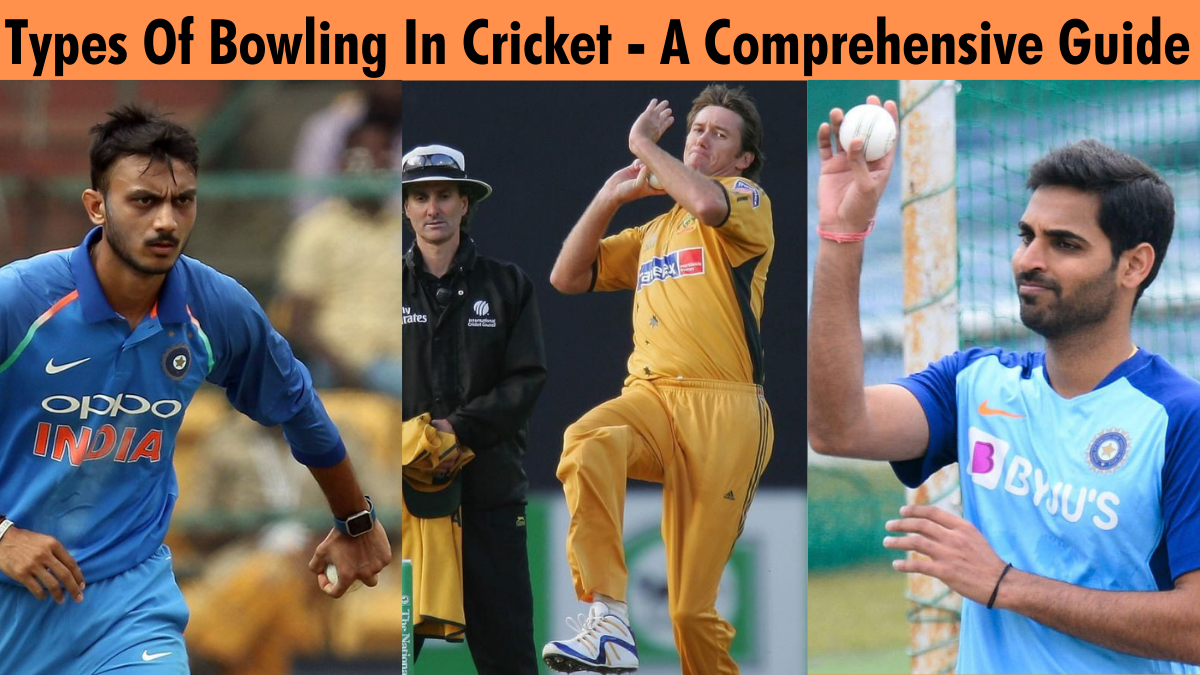





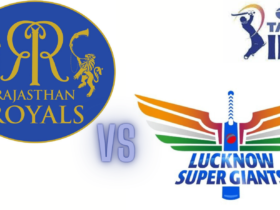








If the batsman is ill or injured they are considered retired hurt – not out and are permitted to return to batting if they recover. In all other cases the batsman is considered retired – out and may not return to the innings, unless the opposing captain offers an exemption.